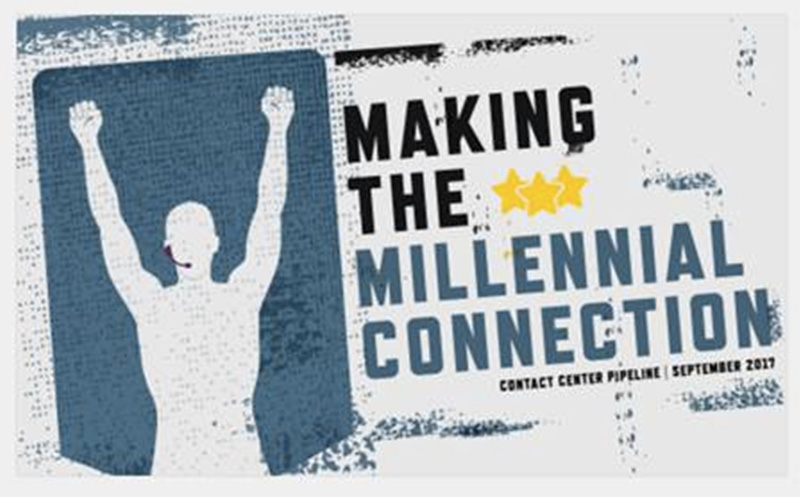Technology and startup cultures have acquired reputations for being less inclusive and less employee-centric than other fields. One only need look to HBO to see the stereotypical Silicon Valley startup setup: a group of social misfits who labor day-in and day-out to bring their startup product to the market — sometimes from an incubator, and sometimes in an open plan office on a Google-like campus. The only application of a virtual workforce is to offshore its engineering needs as a way of finding cheap labor.
However, many influential people within the tech community work actively to create a better workplace culture. In many cases, that means implementing a “talent cloud” model, where employees can work remotely while still enjoying the benefits of a staff position.
Mixed up in the conversation around leveraging a virtual workplace is the controversial concept of the “gig economy” or “on-demand workforce.” There’s certainly overlap, but the two aren’t the same. Often used to reduce overhead, this model contracts people for projects or ongoing needs, but doesn’t give them a set income or the benefits of full-time employment.
It’s possible to implement these workforce models in a positive way, offering talent whatever mix of flexibility and security they need in order to excel. While companies generally only get coverage for doing things badly, we are heartened by how many companies across many industries are doing great things for their human resources — even if they’re never in the same room.
This article features insight from three thought leaders whose companies are tapped into the talent cloud of the future.
How the talent cloud is evolving in healthcare

Here are a few insights from Jim Rivas, Head of Data Studies & Corporate Communications at Doximity:
How do you think your social network can improve the efficiency of the healthcare system?
Jim: Doximity’s membership is comprised entirely of physicians and advance practice clinicians, and as such, we are currently helping out in a number of areas: faster, HIPAA secure communications, recruitment, referrals, a place to quickly get medical news. In all likelihood, there are a number of ways we can help make the healthcare system more efficient that we haven’t even thought of yet.
How exactly are you encouraging the medical community to embrace “the talent cloud of the future?” How does your app engage them to become regular users? What antiquated methods or habits have you had to overcome?
Jim: One of the features that keeps doctors visiting frequently is our DocNews offering. The articles are highly curated and personalized to the interest of the individual doctor, and we serve up not only general healthcare news, but also peer-reviewed articles. We employ machine learning to accomplish this.
When you consider the information needs of doctors, they have to stay up to speed on the latest peer-reviewed articles that are specific to their area of specialty, and there is more peer-reviewed content today than at any time in the history of the profession. Getting this content packaged and delivered to their mobile device is a huge time-saver for physicians, which as you might imagine are some of the most time-starved professionals around.
In addition, we also offer HIPAA-secure eFax and messaging, which represents another huge time-saver for clinicians. Technology adoption in the healthcare world is slower than what you see in the rest of the economy. They tend to lag by about 10 years as a result of the regulatory environment. So while we’re providing physicians with communications tools that most people take for granted at work, it’s a big deal to free health care professionals from the tyranny of the fax machine.
What other professions do you think could benefit from switching from a traditional office environment to a blended or decentralized workforce?
Jim: Most professions can benefit from a blend of both an office-based and remote workforce. There are separate challenges and benefits to working in both an office-only or a remote-only setting. When you blend the two environments together, you bring out the best of both worlds by enabling fresh perspectives, innovation, flexibility, diversity, all while creating more efficiency.
Using the talent cloud to connect with Millennials

A few thoughts from Ken Muche, Company Spokesperson for Alorica:
Other industries find it impossible to attract and retain good Millennial employees. Why are your results so different?
Ken: Proportionately, Millennials are a large segment of our workforce, so we’ve invested a lot of effort into understanding their generational needs, and developing innovative recruiting, training and retention programs to meet those needs. We find this approach more effective, particularly when it comes to retention, rather than sticking to older models.
Alorica is known for its extensive agent training, which continues through the course of employment. Also, the company encourages entry level staff to find an area of specialization. Why is that?
Ken: Even if they’re not currently ready to take on a new role, having access to information about the educational background and skill sets needed for a specific position lets Millennials know what their next steps will be. And — most importantly — it gives them something to strive for.
Finding tech opportunities for remote work via the talent cloud

I had a chance to catch up with Allison Esposito, Founder of Tech Ladies, for a few questions:
On Hire Tech Ladies, you have a section for remote work jobs. Most of them are for engineer positions. Does engineering lend itself to offsite work better than other fields?
Allison: We work in tech, so the highest priority for our partner companies tends to be engineering roles. I think almost all roles are ideal for remote work; it depends on the person and the company culture more than the role. The Tech Ladies team itself works remote: We have one person each in NYC, Denver, Boston, LA and San Francisco!
What do you think hiring managers need to understand in order to consider a shift?
Allison: I think hiring managers need to trust that it’s not about controlling people, but figuring out how everyone works best.
What companies in your view really exemplify “decentralized workforce” executed properly, in such a way to maximize productivity while also taking care of their workers?
Allison: Basecamp has done a great job of this. We are partners with them and we love that they have built a strong remote team. They’ve even written a book about how to execute it (‘Remote’ by Jason Fried).
How have you experienced a virtual workforce performing better than a traditional office workforce?
Allison: I think you gain so much time and flexibility when you let people work from home, this in turn, can often lead to more productivity and the freedom to let people be their best selves and do their best work.



